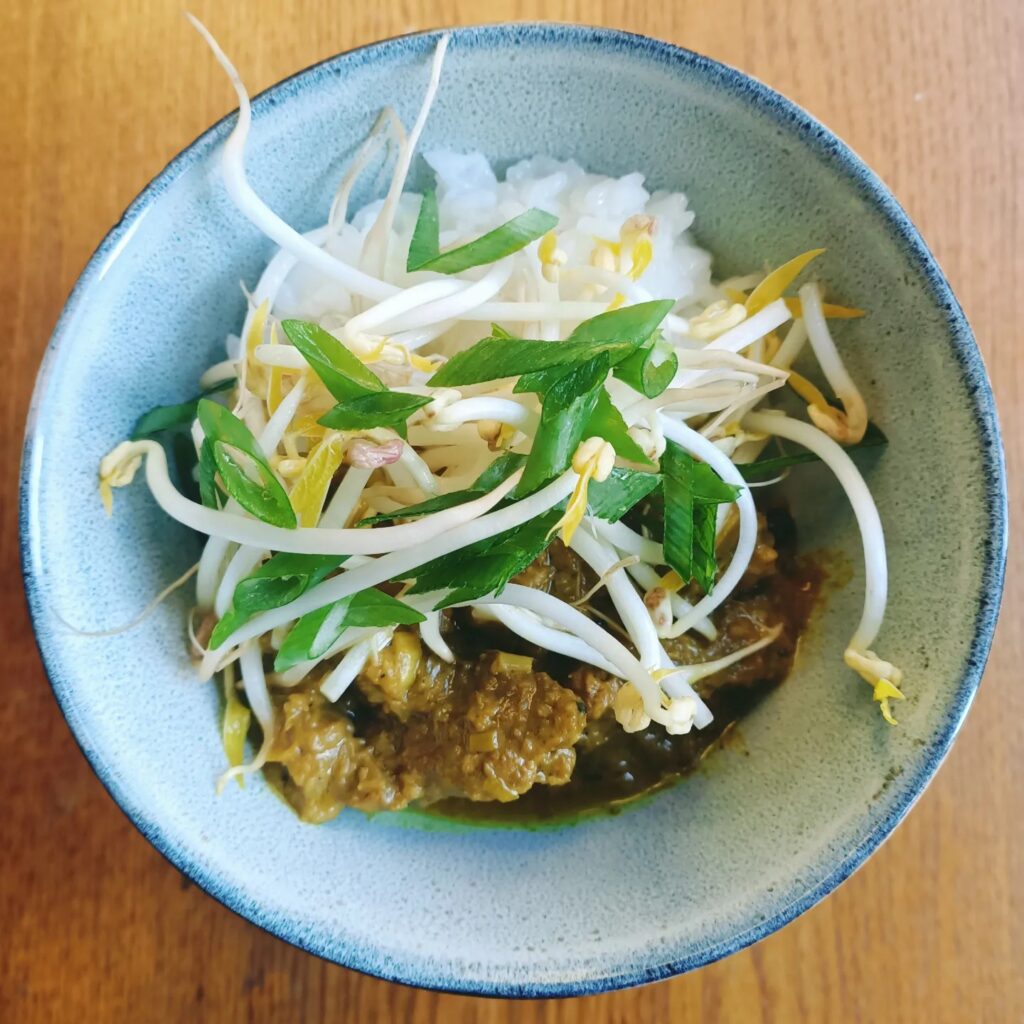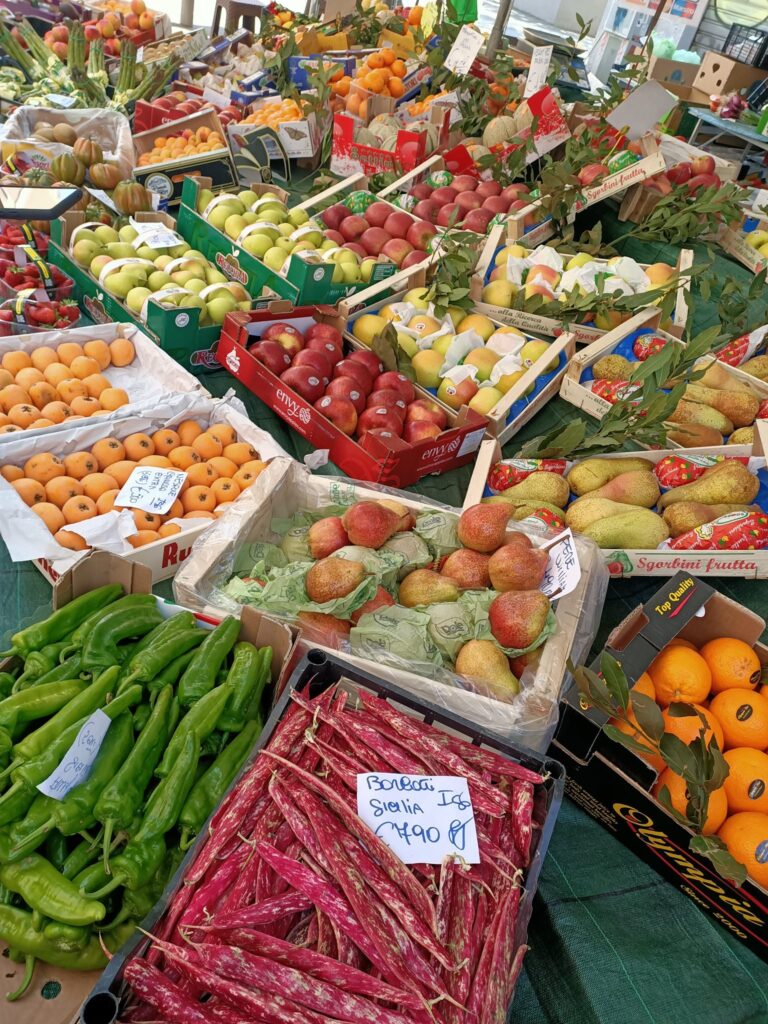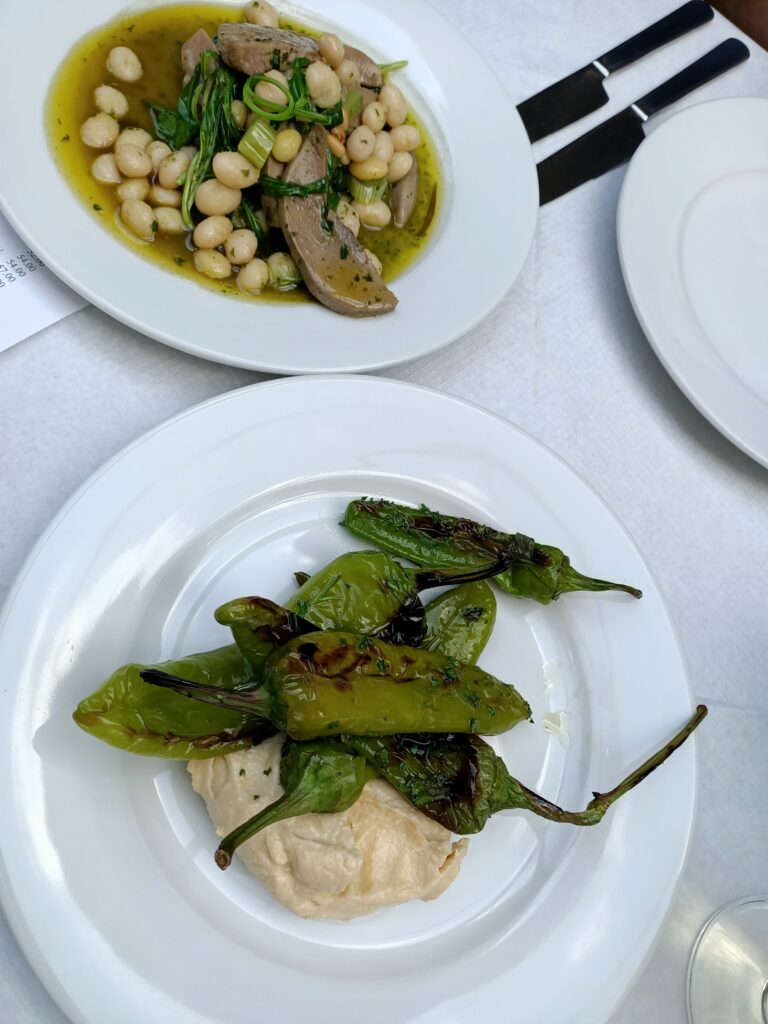Stuffed Capsicum
These stuffed capsicums are the sort of low-fuss meal I keep coming back to. They’re happy made ahead and served warm or at room temperature, which makes them ideal for lazy lunches or unfussy entertaining.

If I had to name one habit that makes the biggest difference in how I cook, it wouldn’t be knife skills, expensive equipment, or even the quality of the ingredients. It would be this: tasting as I go. It sounds obvious but the more I cook, the more I realise it’s the quiet thread that runs through every good meal.
As I talked about last week, recipes are, at best, a map. They’ll get you from one place to another, but they can’t account for your particular palate or the quirks of your ingredients, or your stove, or your mood. You have to fill in the terrain yourself, and that means paying attention to what’s actually happening in the pan and on your tongue.

We don’t all taste things the same way. I have a high tolerance for acidity, bitterness, and salt. I love that sharp punch that makes a dish feel alive. You might have a sweet tooth, or the kind of heat tolerance that makes you add chilli to everything from soup to scrambled eggs.
So when I say season to taste, what I really mean is season to your taste. Your palate is your compass. It’s shaped by what you grew up eating, where you live, and what you crave. It’s the most personal tool in the kitchen—and the one we tend to overlook in favour of teaspoons and timers.
There’s also the practical side of tasting as you go: it stops small mistakes from becoming big mistakes. Imagine you’re halfway through cooking dinner, you reach for a container of white granules—is that sugar or salt? The only way to be sure is to taste.
A quick taste can save an entire meal. Too much salt? Add a squeeze of lemon or a splash of vinegar. A sauce that feels flat? A drizzle of olive oil might round it out. The earlier you notice what’s missing, or what’s gone too far, the easier it is to steer things back on track.
Every time you taste, you add to your internal knowledge base. You start to notice the difference between raw and roasted garlic—how one hits sharp and hot, and the other melts into a gentle sweetness. You learn that a squeeze of lemon just before serving can wake up a dish that’s otherwise a bit meh.
You begin to ask better questions. Does this need salt? Or would something salty like soy sauce, pounded anchovies, dashi powder, or nutritional yeast bring more depth? Salt sharpens flavour, yes, but umami rounds it. Acidity brightens. Sweetness softens.
Over time, you develop an instinct for balance. You stop following recipes word for word and start using them as suggestions (reading cookbooks will become a whole different thing). That’s when cooking becomes less about performing instructions and more about play—adjusting, tasting, and adjusting again until it feels right.
One of the best examples of why tasting matters is chilli. No two chillies are alike. The recipe might say one small red chilli, but what does that actually mean? Depending on the varietal, how fresh it is, or even how it’s been stored, that could range from a mild warmth to topping out the Scoville chart.
The only way to know is to taste. Start small, add, taste again. Heat builds differently in different dishes; some mellow as they simmer, others seem to grow fiercer. A good cook learns to anticipate how that heat will change over time, but the only way to build that intuition is through repetition and, yes, tasting.
Tasting as you go also turns cooking into a conversation. Between you and the ingredients, between intention and result. The dish will tell you what it needs, but you have to listen.
I love that part of the process. The quiet, in-between moments when I dip a spoon into a sauce, close my eyes, and try to name what I’m tasting. Is it too sharp? Too flat? What would happen if I added just a touch of something sweet, or something earthy, or something bright?
You don’t have to know all the answers; you just have to be willing to ask the questions.

The more you taste, the more confident you become in your own judgment. You start trusting yourself instead of the recipe, and that’s when things get really interesting. You begin to cook by feel, adjusting as you go.
And that’s the real joy of cooking: making something that feels right to you. So the next time you’re in the kitchen, don’t rush to the finish line. Keep a spoon nearby. Taste early, taste often, taste with curiosity and let your palate lead the way.
These stuffed capsicums are the sort of low-fuss meal I keep coming back to. They’re happy made ahead and served warm or at room temperature, which makes them ideal for lazy lunches or unfussy entertaining.
The recipe is basically a riff off a Nigella Lawson recipe. Recipes never come out of thin air; we are inspired by mere fact of existing in the world.
At this time of year, I think of everyone working in retail and hospitality. I was one of them for most of my life. The pressure to go the extra mile is real, especially when you are already stretched thin. This year feels different.